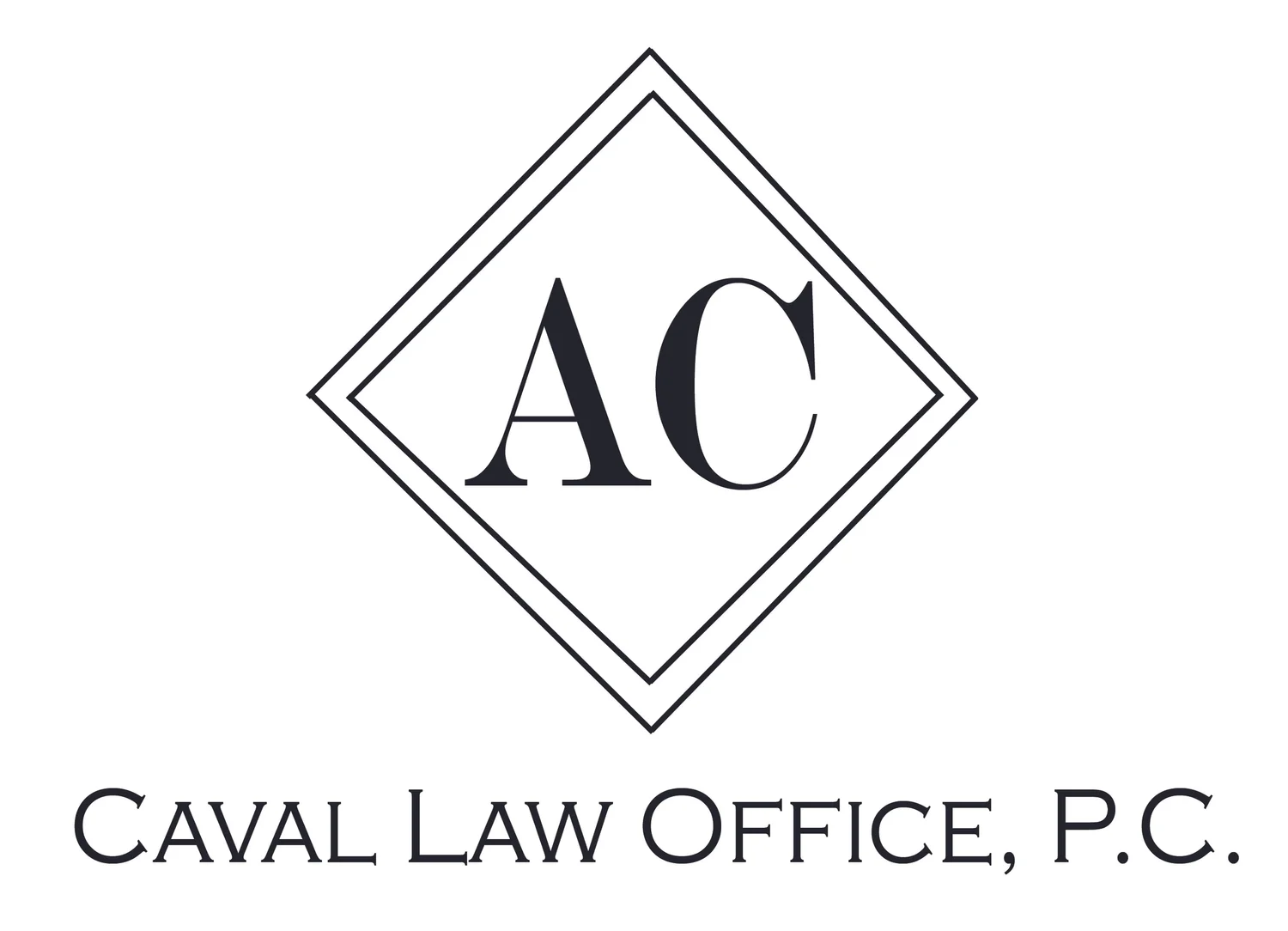Benefits of Filing a Chapter 13 Bankruptcy
A Chapter 13 bankruptcy is a debt repayment plan that lasts between 3 to 5 years. The duration of the plan is discouraging to some individuals and leads them to prefer filing a Chapter 7 case instead. Yet, Chapter 13 has some powerful advantages that are not available in a Chapter 7 case. Those advantages include:
- Allows you to retain assets that you might not be able to keep in Chapter 7;
- Allows you to restructure some of your debt;
- Gives you the chance to save a home from foreclosure;
- In some situations, it allows you to remove secondary mortgages on your home;
- It helps sort out tax problems with the IRS and state taxing authorities;
Allows You to Retain Assets that You Might Not be Able to Retain in Chapter 7
In a Chapter 7 bankruptcy the trustee liquidates all non-exempt assets. So, if you find that there are some assets that you cannot exempt but wish to retain then a Chapter 13 allows you to retain them as long as your creditors in the Chapter 13 case receive at least what they would have received in a Chapter 7 case. In short, Chapter 13 lets you take up to 5 years to pay to your creditors the value of the assets you want to keep and still discharge your personal liability on your dischargeable debts.
Allows You to Restructure Debts
If you find yourself underwater on a car loan or paying a very high interest rate on a loan then a Chapter 13 case can help you. If you are underwater on a car loan that was purchased more than 910 days before you file your bankruptcy petition then a Chapter 13 allows you to reduce the amount of the loan down to the value of the car and pay that amount to the creditor. This is known as “cramming down.” You can also modify the interest rates on consumer loans and reduce it – this helps when you are paying high interest rates in the range of 20% to 30%.
Lets You Save Your Home from Foreclosure
Sometimes illness, job loss, or some other unforeseen event causes you to fall behind on your mortgage payments and you are suddenly facing a foreclosure. A Chapter 13 plan gives you the chance to save your house and cure your mortgage default over a period of 3 to 5 years. You still have to continue making your regular monthly mortgage payments but the default is repaid over the term of the plan. Without the Chapter 13, the only way to save a house from foreclosure would be to come up with a lump sum payment to cure the entire default – most individuals do not have the means to do that.
Sometimes, Chapter 13 Allows You to Remove Secondary Mortgage Liens
If you have two mortgages and the value of your house is less than the amount you owe on your first mortgage then you have the ability to remove or “avoid” that second mortgage through your Chapter 13 plan. If you complete the Chapter 13 plan then that second mortgage lien is no longer enforceable and your personal liability on it is discharged. However, if for some reason you do not complete your Chapter 13 plan then that second mortgage still exists and with the lien that secures it.
Chapter 13 Helps Sort Tax Problems
When you file a Chapter 13 case it brings all your creditors – including taxing authorities – to the table. Some taxes have to be paid in full and some can be discharged. Paying taxes through a Chapter 13 plan is advantageous because you are only required to pay the statutory interest rate on the secured portion of any tax liability. Additionally, tax penalties are paid as unsecured debts. Also, tax liens can be crammed down to the value of the property that is covered by the lien. Chapter 13 give you options for dealing with your tax problems that you may not have outside of bankruptcy.
The Bottom Line
There are some unique advantages to filing a Chapter 13 case that you get in exchange for the significant time commitment that you make when you choose to file a Chapter 13. If you would like to discuss whether you could benefit from a Chapter 13 case then don’t hesitate to get in touch with us at (208) 733-2035 for a free initial consultation. We are located in downtown Twin Falls, Idaho.

